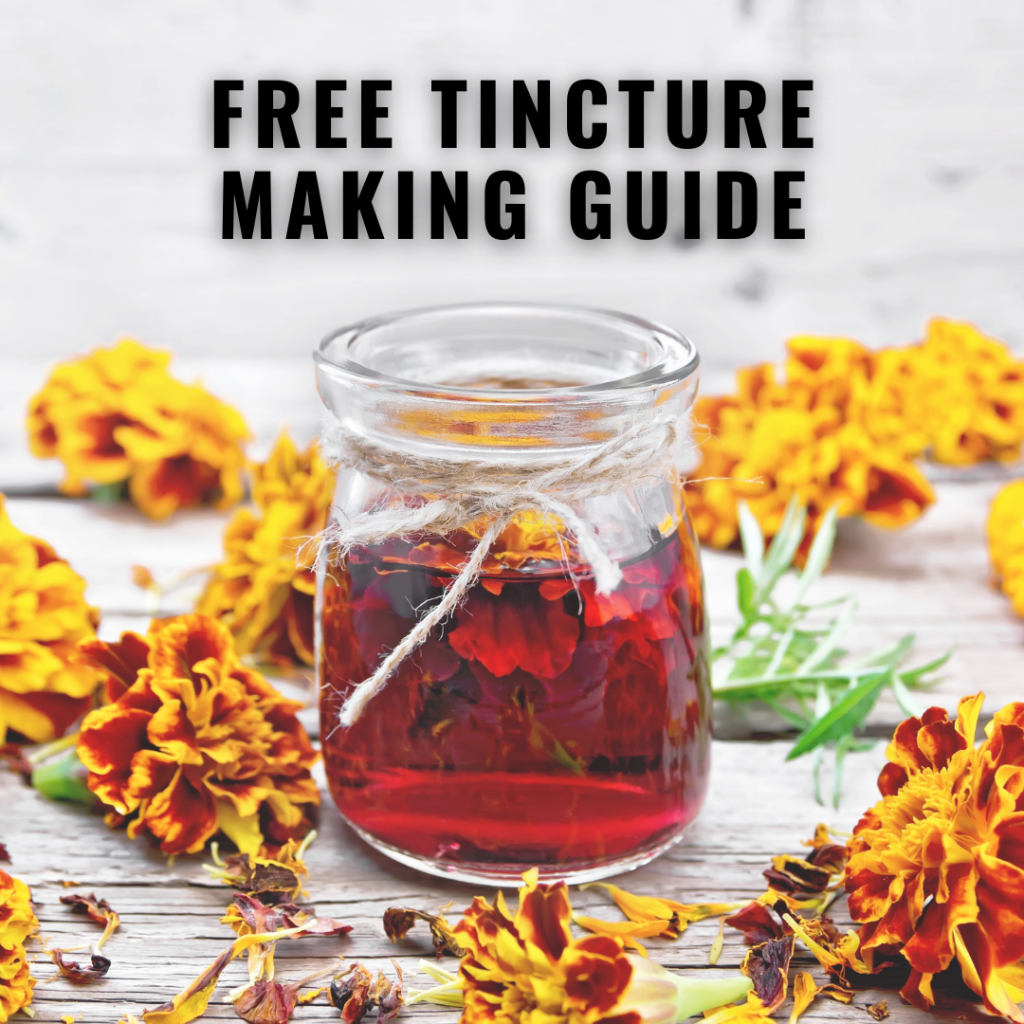As many of you know I’ve been on a fermentation kick lately. I am loving this method of preserving our harvest, especially since it adds such a wide range of health benefits to our already healthy home-grown chemical free food.
What Exactly is Fermentation?
A food is fermented when it undergoes a process known as lacto-fermentation; lactic acid is created when natural bacteria consumes the starch and sugar in food. This process creates loads of probiotics, beneficial enzymes to aid in digestion, b vitamins and Omega-3 fatty acids. In addition this will also preserve whatever you are making.
Fermented foods are delicious, versatile and have been shown to increase overall health:
- probiotics: this introduces beneficial bacteria to your digestive system resulting in a healthy balance of gut flora
- nutrient absorption: in order to properly digest and absorb your food you need healthy levels of probitocs and digestive enzymes, both of which can be accomplished eating fermented foods
A Note About Water
It’s really important that you don’t use tap water when making ferments because of the chlorine (and sometimes fluoride) content. Both of these substances will interfere with or sometimes prevent the fermentation process all together. If you have a high quality water filtration system, like a Berkey, that can filter out both of those substances than your tap water will be just fine to use.

What’s Different About Fermenting Fruit?
Normally ferments contain two ingredients in their brine – spring water and a good quality salt. Vegetable ferments like ginger carrots or saurerkraut, are wild-ferments, meaning that they rely on the bacteria in and around us to create the tasty cultured product we aim to make. In the case of fruit, we need to tweak our process just a little bit. Because fruit naturally contains a lot of yeast (usually in the skins), we need to be careful that we aren’t creating an alcohol instead of a lacto-fermented end product.
So while most vegetable ferments do not require a starter culture of any kind, in the case of fruit we will be needing one. This helps to kick-start the fermentation process so you are producing an actual cultured product and not booze. Another addition to this recipe is a tiny amount of a sweetener (in this case honey), which will also help to kick-start your ferment.
In our case because I am making homemade yogurt, I opted to use whey. You can also use kombucha or water kefir.
What Kind of Fruit Can I Use?
In this recipe we used cherries but you can use almost any fruit including blueberries, raspberries, currants, service berries etc. The only fruit that apparently does not ferment well, according to the well-known book Nourishing Traditions, are strawberries. Personally I have not tried them, but I did find recipes for fermented strawberries online. If anyone has tried it with success please comment below.
Fermentation Kits/Weights

Fancy fermentation weights and lids are not necessary when it comes to making home ferments, however now that I am doing larger batches of these healthy foods, I am so very glad that I have my set from Mason Tops. I started with the Pickle Pipes and quickly upgraded to their whole set (which includes the Pickle Pipes, Pebbles and the Pickle Packer) because I loved the product so much. They make them for both wide mouth mason jars and for regular mason jars.
- 2 cups pitted and chopped cherries any fruit can be substituted
- 2 tbsp honey
- 2 tbsp whey, water kefir or kombucha
- 1/4 tsp high quality salt pink Himalayan is our preference
- 3 tbsp filtered water
- Wash, pit and chop your cherries (or fruit of choice)
- Place the berries in a wide mouth mason jar (pint sized). Squish them down with your fist or wooden spoon. If you don't want to squish/crush your fruit, just use a larger jar. Please note you will need more brine if you decide to go this route.
- In a glass measuring cup or bowl mix your brine (honey, salt, water, whey/starter culture)
- Pour the brine over the fruit. If your fruit is not covered by the brine you can squish them down until they are or make more brine as needed.
- Optional: place your pickle pebble on top of your fruit, ensuring they will stay below the brine for the fermentation process. Screw on your Pickle Pipe and lid. Alternatively you can just use a regular mason jar lid (but check your fruit daily to ensure they are below the brine and not molding)
- Leave on the counter for 1-2 days (test your fruit after 24 hours). If you are using a regular mason jar lid, burp after 24 hours and again before placing in the fridge. If you are using your Pickle Pipes, switch to a regular lid after 1-2 days and place in the fridge.
- Consume within 2 months.
I hope you enjoy these as much as we have been. They have made a delicious addition to our homemade Greek yogurt. Try eating them on their own, in smoothies, in homemade desserts or as a part of a healthy breakfast.
Happy Fermenting!

P.S. Please pin for future reference and to share in the fermentation love 😉












I used the “Noma” method of vacuum sealing, came out great, but after transferring to a jar should I top up with brine so that the fruits are covered?
I have never preserved it that way, so I am taking a bit of an educated guess here! I would think the fruit would last longer if you submerse it in brine yes. It would be an interesting experiment though – to leave some out in a container without brine and then cover the rest. See if there is a shelf life difference.
I fermented strawberries this way but used a bit more honey and they came out amazing. They fermented for 2 days, then I put them in the fridge. I JUST ate some on top of french toast and they were incredible!
That is amazing! Everything I read said to stir away from strawberries (not exactly sure why), but now I want to try them! Thank you for sharing this.
Could frozen fruit, specifically PNW pitted cherries, be used?
I don’t see why not, but I personally have not done it. The only major difference I could see would be texture. Definitely worth trying in a small batch to see if you like them.